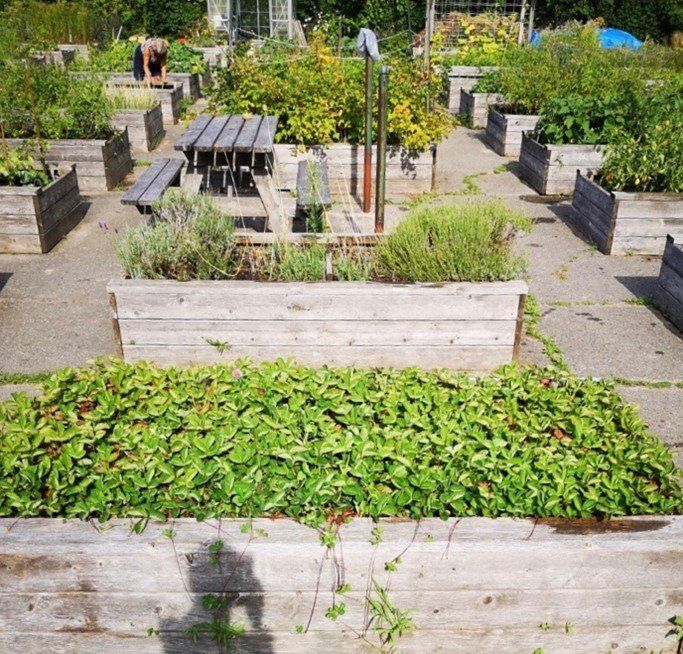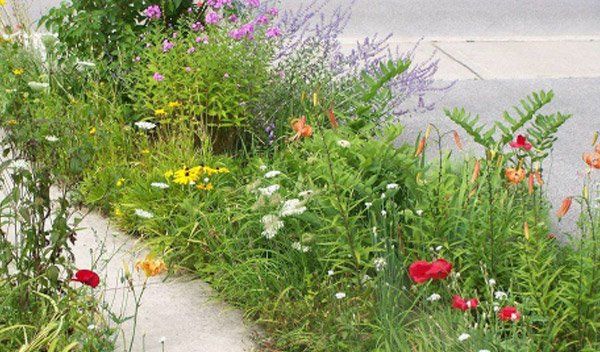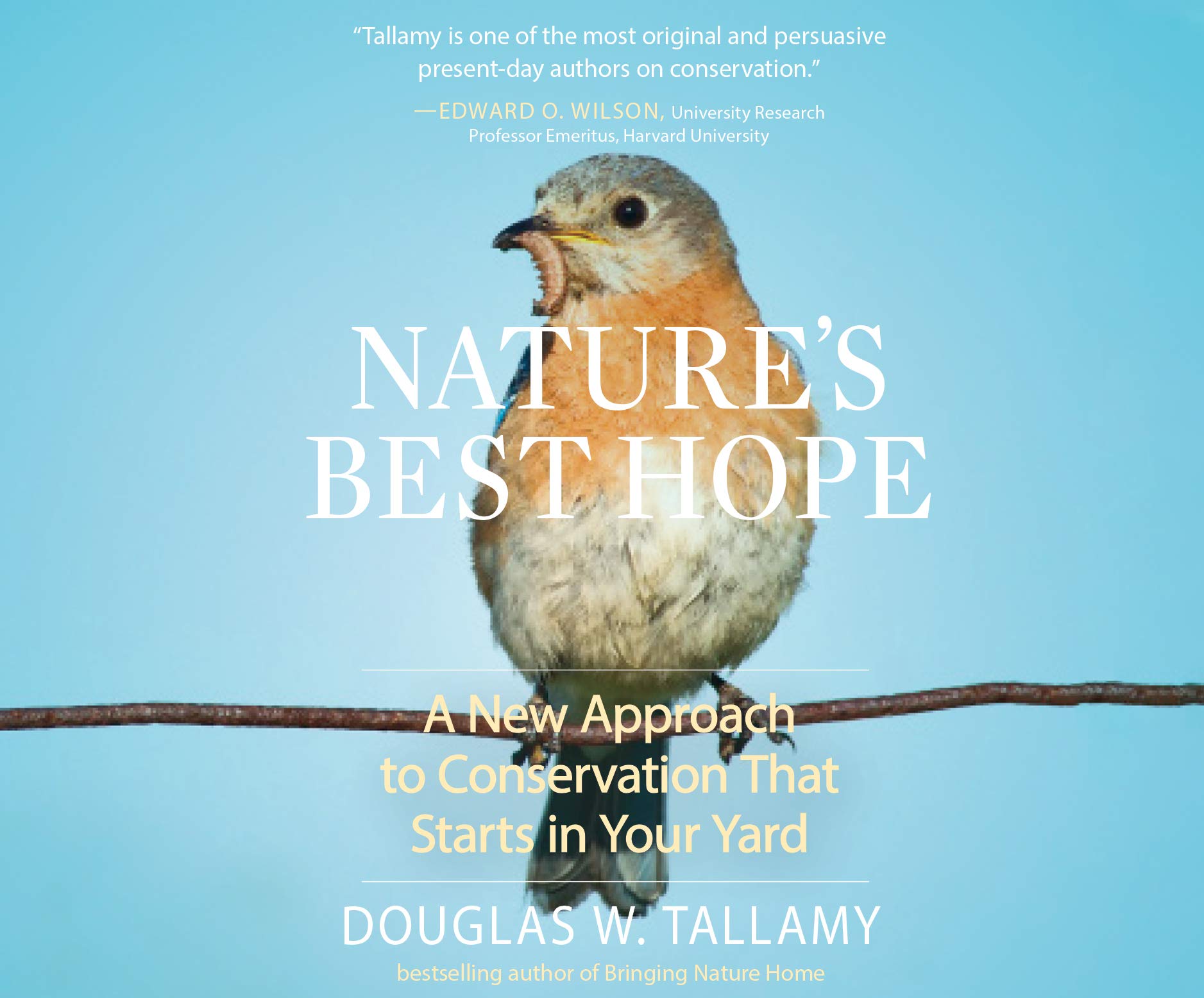Higher Ground - Gardening in Raised Beds

By Courtney Brull
Fall is here!
It’s time to clean up our gardens and prepare for winter. It’s also time to think about what worked, and what didn't, and to plan for next year.
I am considering adding a raised bed garden to my yard season. One of the great things about raised beds is the control you have over your garden and what is in it, starting with the soil you choose. Depending on where you live, the ground soil can be contaminated with pesticides, petroleum products, heavy metals, and other nasty things. Building raised beds can be an elegant way to address this problem. It’s also a good way to create a garden where the site is wet, or the soil is of poor texture – too sandy or heavy with clay.
Raised beds come in all shapes and sizes, and are gaining in popularity. I am considering two types of raised beds - Hugelkultur beds and the classic 8x2x2 ft raised bed garden.
The Hugelkultur garden is an ancient method of creating a garden made by piling rotting wood and other organic materials and are used to grow a variety of crops. The initial year, the Hugelkultur garden can be used for more difficult crops like potatoes and pumpkins. After that, given some time for the organic materials to break down, the Hugelkultur can be used for things like beans, peas, and strawberries. The Hugelkultur can be very large, or very small, depending on your purpose and space available.
It is important that you allow for drainage in a Hugelkutur bed, or you will risk creating a false water table. This can be done by adding compost to your raised bed, and supplementing it each year.
Our raised bed gardens at the St. George's CMHA garden are the classic 8x2x2ft. They are great for plants, and for people too. This type of raised bed creates accessibility for gardeners. Bending down when tending the garden is appreciated by many. Growing vegetables in raised beds is popular, and it certainly is satisfying to eat something you have grown in your raised bed. Many vegetables grow well in raised beds including eggplants, tomatoes, squash, and string beans. Berries including wild strawberries and blueberries do well with the right acidic soil. Greens like kale, leaf lettuce, and Swiss chard thrive, as herbs of all types. My four-legged friend loves the catnip from our raised beds.
Don't forget to water! Vegetables grown in raised bed gardens need just as much, or more, water than other plants. Things like tomatoes should be watered at least every other day, if they don't get a good rain. I've had good luck adding sheep manure and shredded leaves (avoid oak leaves if you can) to the topsoil in my raised bed gardens in the spring. The vegetables benefit from the top layer to insulate the moisture; they soak up nitrogen, and produce beautiful plants full of tomatoes, peppers, and zucchini etc.
Straw can be added in the fall over the beds where garlic and strawberries are planted. Also, wood chips can be added around the stems of seedlings, but not to close, about 6-10 cm away, to retain moisture. Our raised bed gardens were built using stones as a first layer, which is not ideal. The soil slips away between the rocks. A better choice would have been cardboard, which breaks down very slowly, and holds on to water, while keeping weeds out. cardboard can even but put down in the fall, and the garden can be working over the winter.
It is generally agreed that untreated cedar is the best type of wood to use when building this type of raised bed because it is resistant to rot.
Many people are aware that our local insects are under pressure from habitat and food loss. Many native plants are beautiful food sources for local pollinators, and other helpful insects. There are a variety of plants, as well, that are not necessarily native, but do produce nectar or pollen that local pollinators can eat. Consider including some natives and non- native flowering plants in your beds. Milkweed, zinnia, lavender, coneflower, goldenrod, and giant hyssop all beautify your garden and feed beneficial insects. I myself have grown lavender in a raised bed and I can report that it yields many beautiful, fragrant, purple flowers throughout the summer months. A native, or pollinator food flower can be a great addition to a raised bed garden, for you and native pollinators.
As I am putting away our garden this fall, I am thinking ahead to next year's gardening season. Each raised bed is a whole new adventure! Have a great winter dreaming of whatever type of garden you would like- and remember that raised beds offer many options.
Latest Blog Posts




